Most Popular
Subway Stories
[Subway Stories] Seoul’s central bus terminal is high-end and glossy, but some miss humble past
Right in the middle of upmarket Gangnam, Seoul Express Bus Terminal draws not just travelers, but well-to-do shoppers and diners
By Jung Min-kyungPublished : Feb. 19, 2023 - 16:30
With the introduction of bullet trains in the mid-2000s, the usage of intercity charter buses began to decline rapidly in South Korea. Several bus terminals across the country have gone out of business since.
The Seoul Express Bus Terminal is an exception. The terminal, which opened in 1981 in what is now one of the most expensive neighborhoods in Seoul, still teems with visitors.
The Seoul Express Bus Terminal is an exception. The terminal, which opened in 1981 in what is now one of the most expensive neighborhoods in Seoul, still teems with visitors.
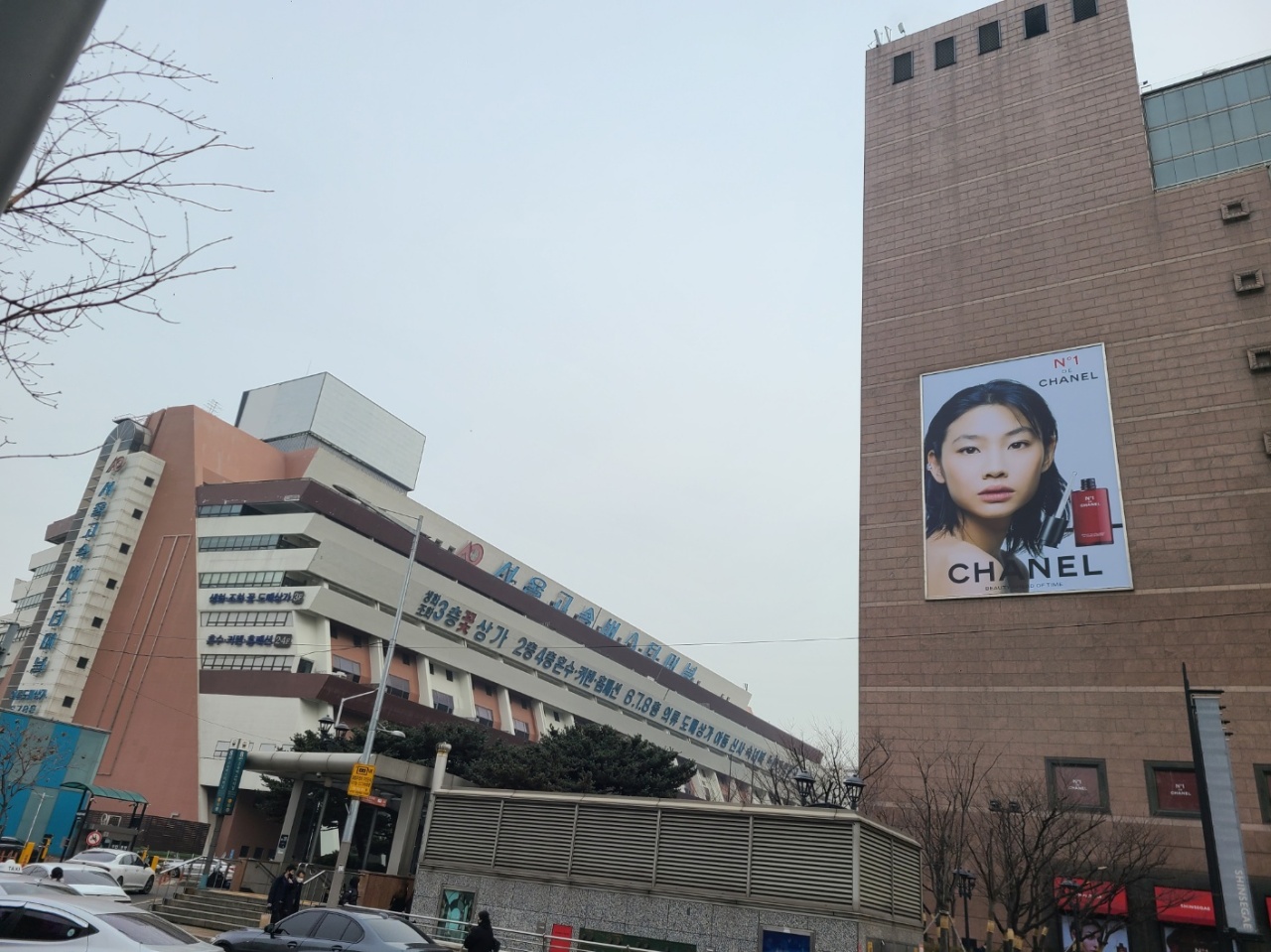
The terminal itself is a testament to Seoul’s rapid economic growth. Starting as a bus terminal in the middle of nowhere, it currently sits in the center of one of the most affluent neighborhoods in the capital.
Now, the terminal draws more shoppers and diners than bus riders.
“I often hang out with friends here, but had never gone on a bus trip,” said Lee Sun-min, a college student who lives in one of high-rise apartment complexes near the terminal. “There are many trendy eateries here that young people line up outside of.”
A bus terminal at the center of Gangnam
The plan to build the Express Bus Terminal was first floated in the mid-1970s.
At the time, Seoul lacked a unified system for intercity charter buses, although there were several owned by private bus operators.
Korea’s economy was developing, and Seoul was expanding rapidly, drawing people from all over the country. As more people came to Seoul and bought cars for transportation, traffic in the nation’s capital became more congested.
Building a central bus terminal away from the city center was a way to resolve this.
Government authorities chose Banpo-dong, south of Han River, which was then just thatched houses and farm fields.
The terminal opened in October 1981 with some 500 charter buses carrying people to and from cities including Busan, Daegu and Masan, according to an archived report by Dong-A Ilbo. The report conveyed anticipations of the new terminal at the time, calling it “a state-of-the-art facility” with the land space of 28,000 pyeong (92,000 square meters), equipped with 26 escalators and 20 elevators.
Over the next several years, the area surrounding the bus terminal underwent major residential development to become today’s Gangnam.
The two buildings that form the terminal -- the main terminal building and its adjacent multipurpose facility, Central City -- also gained popularity and thrived. The terminal not only served as a travel hub for Koreans, but quickly became a meeting point for friends and families. They would chat in cheap noodle bars or old style Korean cafes within the terminal.
Despite its rapid growth, the Seoul Express Bus Terminal was also a haven for crooks and criminals. According to articles published in the 1980s by the Joseon Ilbo and Dong-A Ilbo, the terminal was infested with pickpockets, illegal ticket resellers and even human traffickers.
Renovation and change
The terminal in Banpo continued in its glory days in the 1980s and 1990s. But with the relaxed overseas travel rules in 1989 and the introduction of high-speed trains in 2004, its popularity soon began to decline.
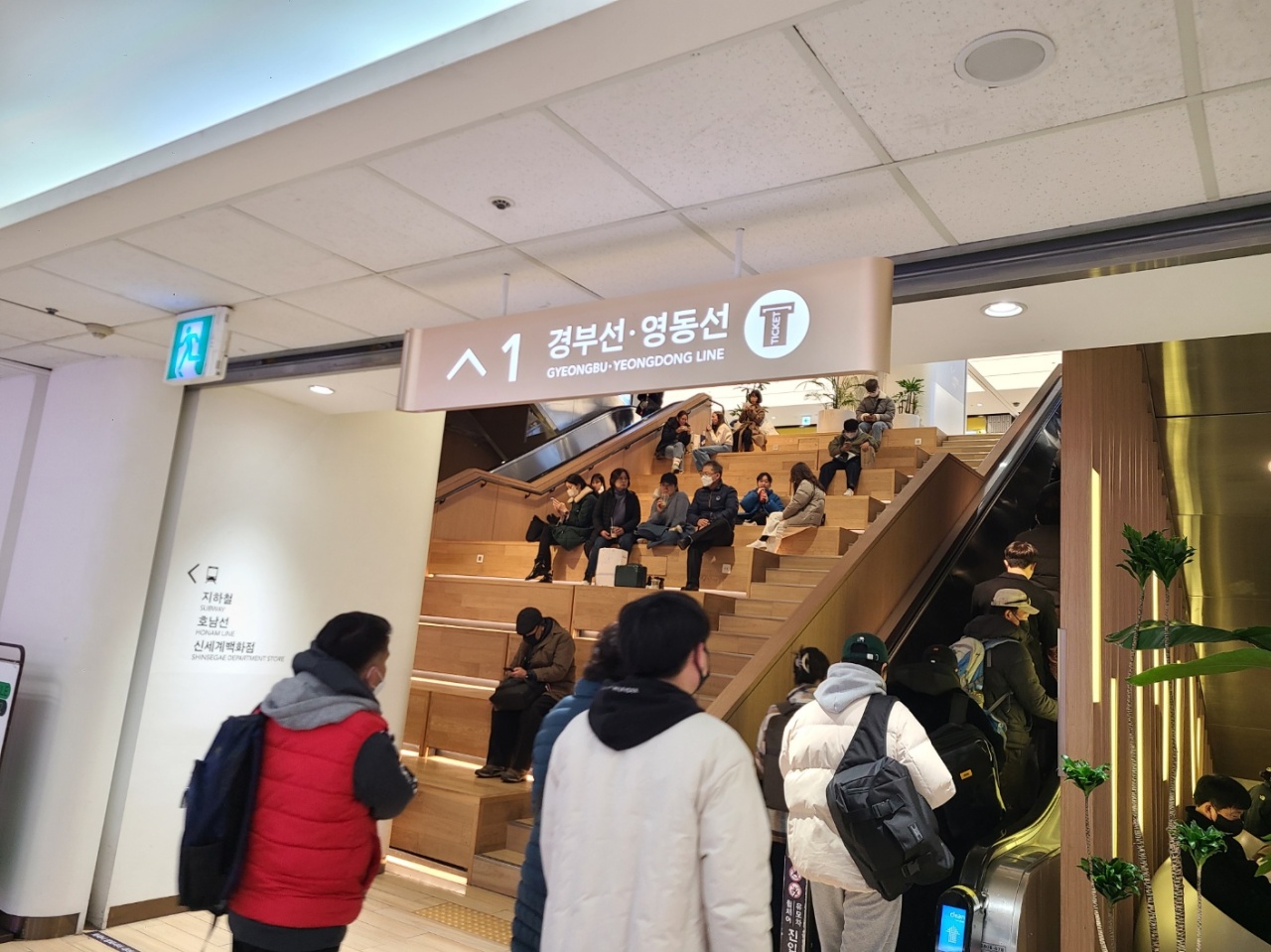
A wave of change came in 2012, when Korean retail conglomerate Shinsegae became the largest shareholder of Central City. It made headlines when it first purchased a 60.02 percent stake from a Malaysia-based investment fund worth 1.02 trillion won ($814 million), according to a regulatory filing at the time. The former owner was widely thought to be affiliated with the Unification Church -- more commonly known as the Moonies. Shinsegae then proceeded to acquire control of the main terminal building in the following years.
The retail giant then started renovating the terminal to its taste, focusing on enhancing its department store which was located inside Central City.
Central City today is a magnet for well-to-do shoppers from Gangnam and other parts of the capital, filled with luxury brands including Chanel and Hermes, alongside high-end restaurants, coffee shops and a multiplex movie theater. It is known as one of the largest buildings here besides the surrounding gyms, schools and sports stadiums, spanning across some 260,000 square meters.
While Central City boasts the glitz and glam of a modern commercial outlet, the old terminal lying next to it carries a piece of the past. Its exterior has yet to be renovated, but inside, it attracts visitors with its famous flower market, open from Monday to Saturday. It is home to buses that cater to the Gyeongbu Line which connects cities in the north and the southeast, including Busan.
For Honam Line buses, linking the capital and cities in the southwestern part of the nation, including Daejeon and Gwangju, Central City doubles as the terminal.
Budget shoppers also frequent Goto Mall, an underground shopping space adjacent to the Express Bus Terminal Subway Station for low-cost streetwear. The subway station is one of the busiest in Seoul since it is where subway lines 3, 7 and 9 meet.
For bus travelers, however, the glitzy mall lacks the things they require most -- places to grab quick bites at affordable prices.
“I was looking around the bus terminal, trying to find a place to eat,” said 52-year-old Shin Ho-jeong, who was taking the bus to Daejeon after seeing her family in Seoul, on Friday.
“Food here is more expensive than my bus ticket,” she added. “Sometimes, I miss the old terminal, where I could just have a bowl of ramen or udon at a cheap price before leaving.”


![[AtoZ into Korean mind] Humor in Korea: Navigating the line between what's funny and not](http://res.heraldm.com/phpwas/restmb_idxmake.php?idx=644&simg=/content/image/2024/04/22/20240422050642_0.jpg&u=)

![[Exclusive] Korean military set to ban iPhones over 'security' concerns](http://res.heraldm.com/phpwas/restmb_idxmake.php?idx=644&simg=/content/image/2024/04/23/20240423050599_0.jpg&u=20240423183955)

![[Herald Interview] Why Toss invited hackers to penetrate its system](http://res.heraldm.com/phpwas/restmb_idxmake.php?idx=644&simg=/content/image/2024/04/22/20240422050569_0.jpg&u=20240422150649)
![[Graphic News] 77% of young Koreans still financially dependent](http://res.heraldm.com/phpwas/restmb_idxmake.php?idx=644&simg=/content/image/2024/04/22/20240422050762_0.gif&u=)




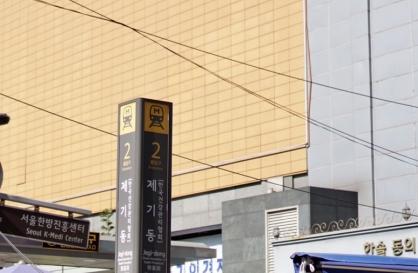
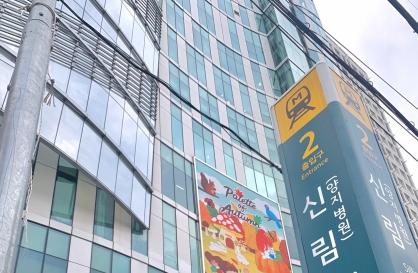
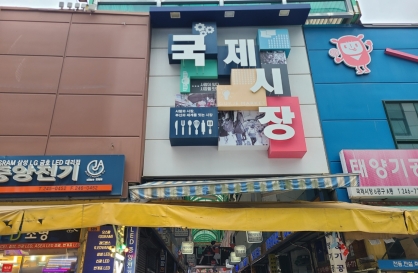
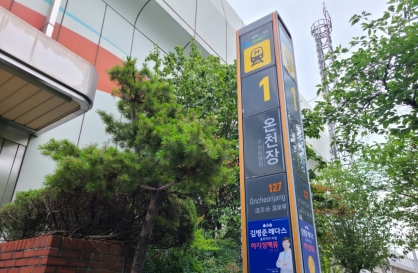
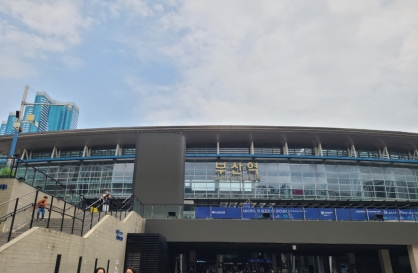



![[Exclusive] Korean military to ban iPhones over security issues](http://res.heraldm.com/phpwas/restmb_idxmake.php?idx=652&simg=/content/image/2024/04/23/20240423050599_0.jpg&u=20240423183955)



![[Today’s K-pop] Ateez confirms US tour details](http://res.heraldm.com/phpwas/restmb_idxmake.php?idx=642&simg=/content/image/2024/04/23/20240423050700_0.jpg&u=)